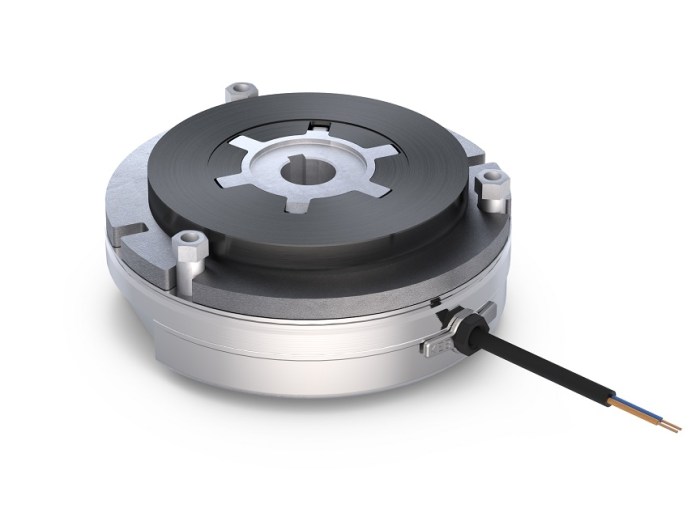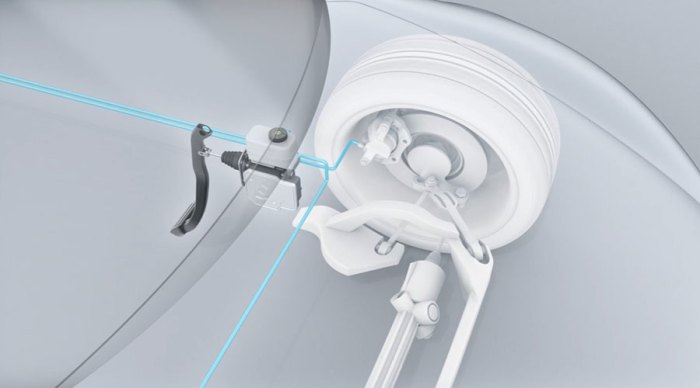Brake applied power reduced meaning – Brake applied power reduced is a crucial concept in automotive safety, affecting vehicle handling, performance, and overall driving experience. This article delves into the meaning of brake applied power reduced, exploring its causes, consequences, diagnosis, repair, and prevention strategies.
When brake applied power is reduced, the vehicle’s braking system experiences a decrease in its ability to slow down or stop the vehicle effectively. This can occur due to various factors, including worn brake pads, faulty sensors, or issues with the hydraulic or electronic components of the braking system.
Brake Applied Power Reduced Overview

Brake applied power reduced (BAPR) is a condition where the vehicle’s electronic control unit (ECU) reduces the power applied to the brakes. This can occur in various situations, such as when the ABS is activated or when the vehicle is traveling on slippery surfaces.
The purpose of BAPR is to prevent the wheels from locking up and skidding, which can lead to loss of control and increased stopping distances. By reducing the brake power, the ECU allows the wheels to maintain traction and continue rolling, enabling the driver to maintain control and steer the vehicle.
Causes of Brake Applied Power Reduced
There are several potential causes of BAPR, including:
- ABS activation:The ABS system is designed to prevent the wheels from locking up during braking. When the ABS is activated, the ECU reduces the brake power to the affected wheel, allowing it to continue rolling.
- Slippery road conditions:When driving on slippery surfaces, such as ice or snow, the tires have less grip and are more likely to lose traction. To prevent the wheels from locking up, the ECU may reduce the brake power.
- Vehicle speed:The higher the vehicle’s speed, the more force is required to stop it. At high speeds, the ECU may reduce the brake power to prevent the wheels from locking up.
- Vehicle weight:Heavier vehicles require more force to stop than lighter vehicles. The ECU may reduce the brake power on heavier vehicles to prevent the wheels from locking up.
Consequences of Brake Applied Power Reduced: Brake Applied Power Reduced Meaning
BAPR can have several consequences, including:
- Increased stopping distances:When the brake power is reduced, the vehicle will take longer to stop. This can be dangerous in emergency situations.
- Loss of control:If the wheels lock up, the driver may lose control of the vehicle. This can lead to a skid or a spin-out.
- Increased risk of accidents:BAPR can increase the risk of accidents, especially in slippery conditions or when driving at high speeds.
Diagnosing Brake Applied Power Reduced

Diagnosing BAPR can be difficult, as there are several potential causes. However, there are a few steps that can be taken to help identify the problem:
- Check the ABS system:The ABS system is the most common cause of BAPR. Check the ABS sensors and wiring for any damage or corrosion.
- Check the brake pads and rotors:Worn or damaged brake pads and rotors can cause the wheels to lock up, which can trigger BAPR.
- Check the tire pressure:Underinflated tires can reduce traction and increase the risk of BAPR.
- Test the vehicle on a slippery surface:If the BAPR occurs only on slippery surfaces, it is likely due to the lack of traction.
Repairing Brake Applied Power Reduced
The repair for BAPR will depend on the cause of the problem. In some cases, the problem can be fixed by simply replacing the ABS sensors or brake pads. In other cases, more extensive repairs may be necessary, such as replacing the ABS control module or the brake master cylinder.
It is important to have the BAPR repaired as soon as possible to prevent the risk of accidents.
Preventing Brake Applied Power Reduced
There are several things that can be done to prevent BAPR, including:
- Maintain the ABS system:Regularly check the ABS sensors and wiring for any damage or corrosion.
- Replace worn brake pads and rotors:Worn or damaged brake pads and rotors can cause the wheels to lock up, which can trigger BAPR.
- Maintain proper tire pressure:Underinflated tires can reduce traction and increase the risk of BAPR.
- Avoid driving on slippery surfaces:If possible, avoid driving on slippery surfaces, such as ice or snow. If you must drive on slippery surfaces, be sure to drive slowly and cautiously.
- Drive smoothly:Avoid sudden stops and starts, as this can increase the risk of BAPR.
Detailed FAQs
What are the common causes of brake applied power reduced?
Worn brake pads, faulty sensors, air in the brake lines, and issues with the ABS or traction control systems can all contribute to reduced brake applied power.
How does brake applied power reduced affect vehicle handling?
Reduced brake applied power can increase stopping distances, affect steering stability, and reduce the vehicle’s overall responsiveness during braking maneuvers.
What are the potential consequences of ignoring brake applied power reduced warnings?
Ignoring these warnings can lead to increased accident risk, reduced vehicle control, and potential damage to the braking system.